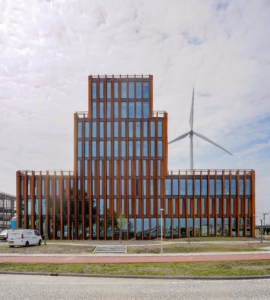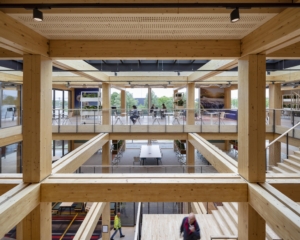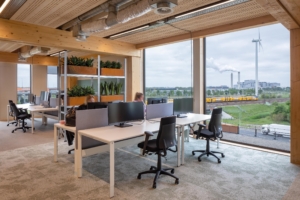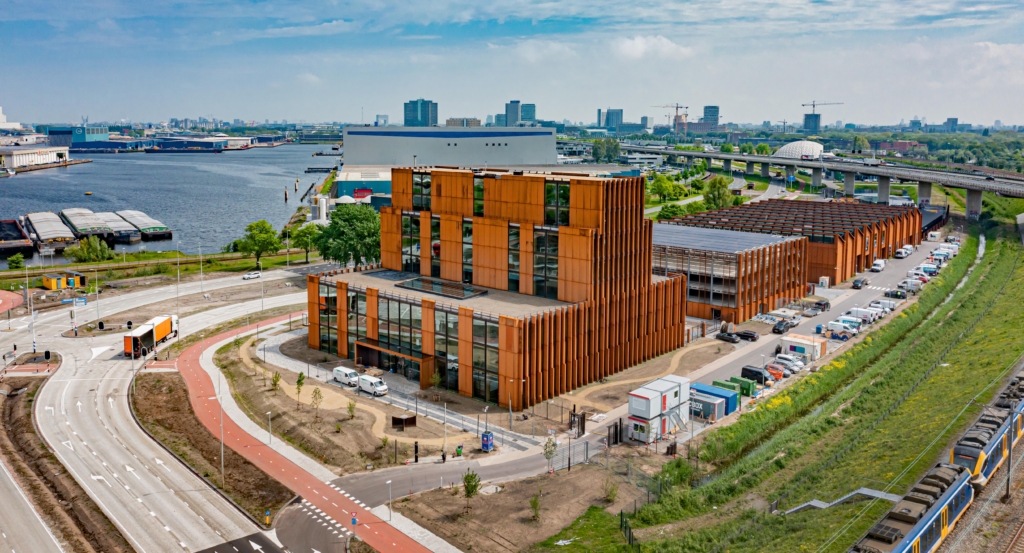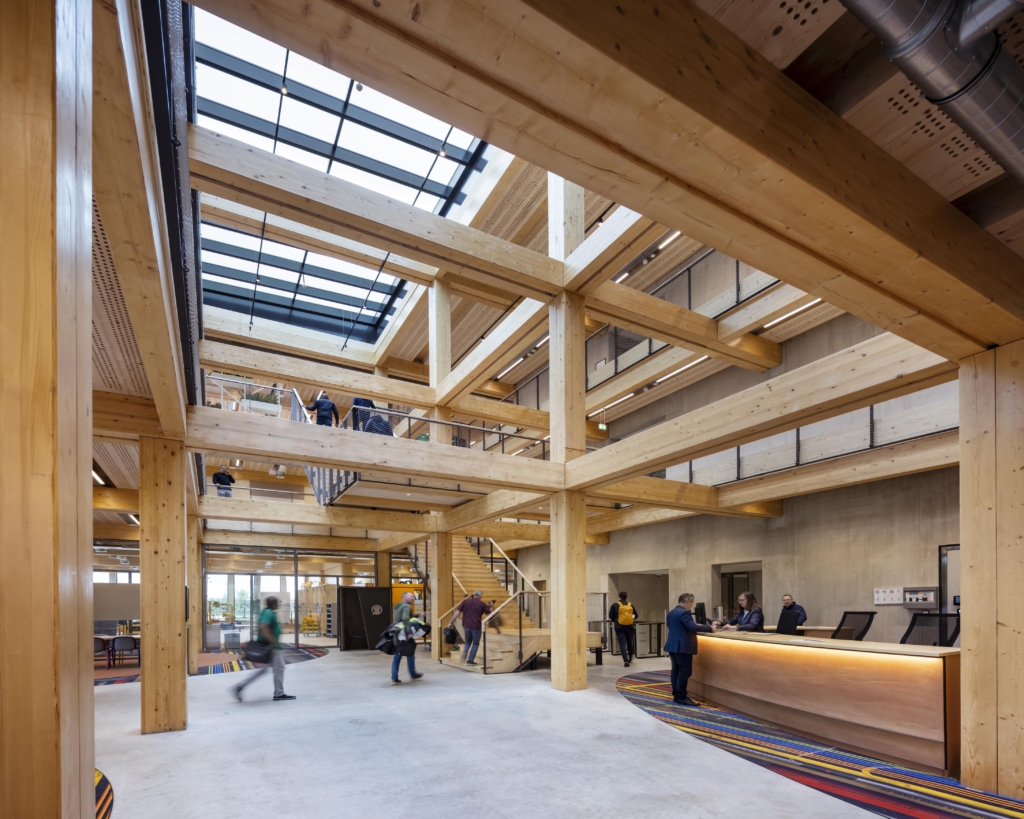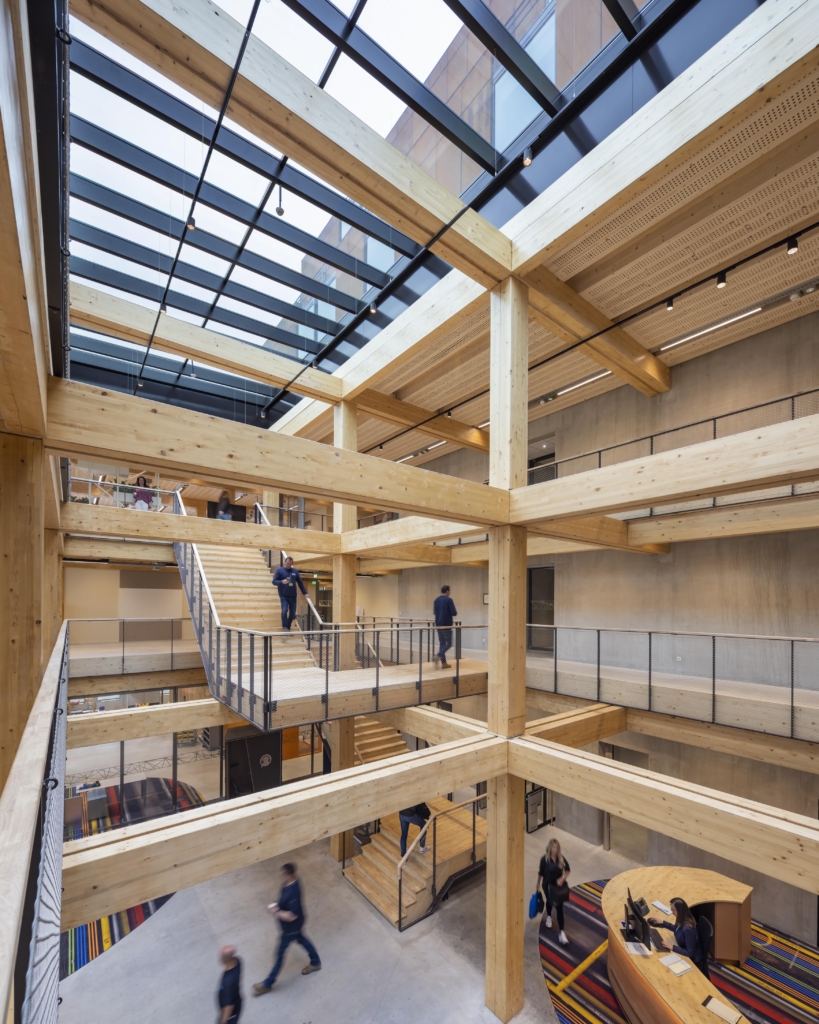With her passion for circularity, years of experience in consultancy and her technical background (civil engineer) Noor inspires people to ask really sustainable questions and work together. Not just doing things a little bit better but radically change the way we work, talk and build. Noor believes that the key of realising circular buildings is collaboration. Not only between familiar partners but also with more unfamiliar partners. She loves to create the right playground for these teams to achieve the highest standard in circular building projects.
